Cyber Monday 2025 eCommerce Shatters Records
Reading Time: 3 minutesSummary Cyber Monday 2025 has officially become the largest online shopping day…
Amazon is making grocery delivery more convenient than ever for its Prime members. As of August 13, 2025, Prime users in over 1,000 U.S. cities and towns can now get fresh produce, dairy, meat, seafood, bakery items, and frozen foods delivered same-day, bundled with the rest of their Amazon purchases—all under one cart and one checkout experience. That footprint is set to expand to more than 2,300 locations by the end of this year.
| Area | Details |
| Scope | 1,000+ cities now; 2,300 planned by year-end |
| Prime members | Free same-day delivery on orders > $25; $2.99 otherwise |
| Non-members | $12.99 per order flat fee |
| Items | Perishables merged with regular Amazon inventory |
| Competition | Intensifying pressure on Instacart, Walmart+, and other rivals |
| Strategic edge | Convenience, unified delivery, aggressive rural build-out |
| Challenges | Consumer trust in fresh produce, physical store setbacks |
In short, Amazon’s same-day grocery extension marks a critical jump in its strategy to redefine grocery retail. By merging perishables with everyday purchases and deploying aggressive infrastructure investments, Amazon is setting a challenging pace for competitors. Whether consumers embrace fresh grocery delivery at scale remains to be seen, but the pressure is already mounting across the sector.
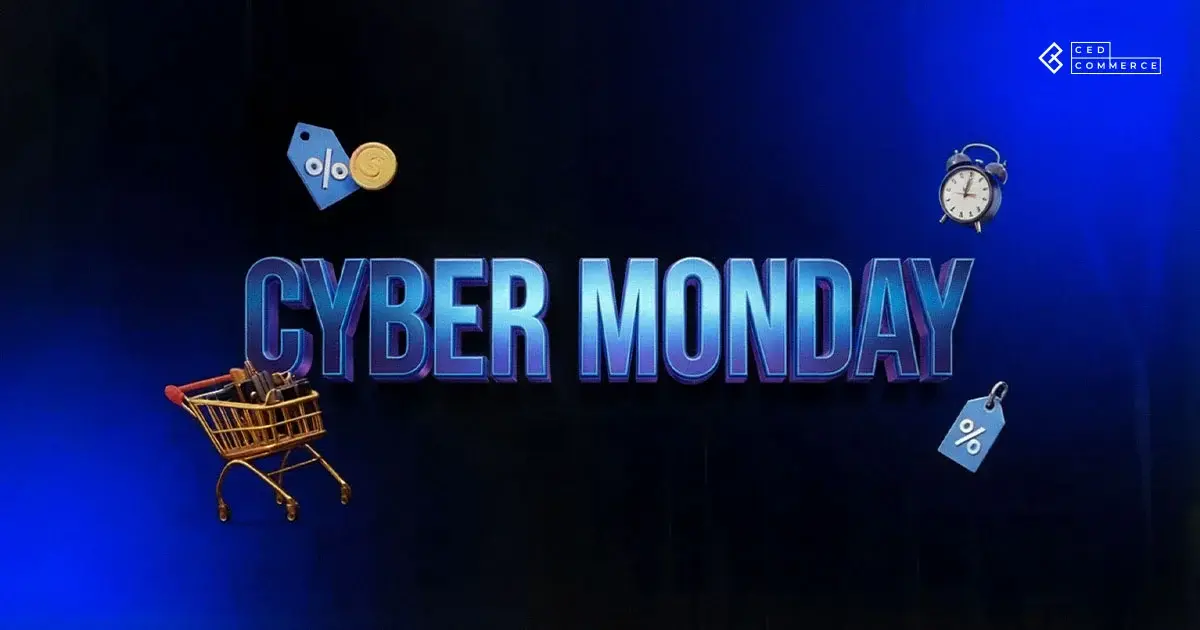
Reading Time: 3 minutesSummary Cyber Monday 2025 has officially become the largest online shopping day…
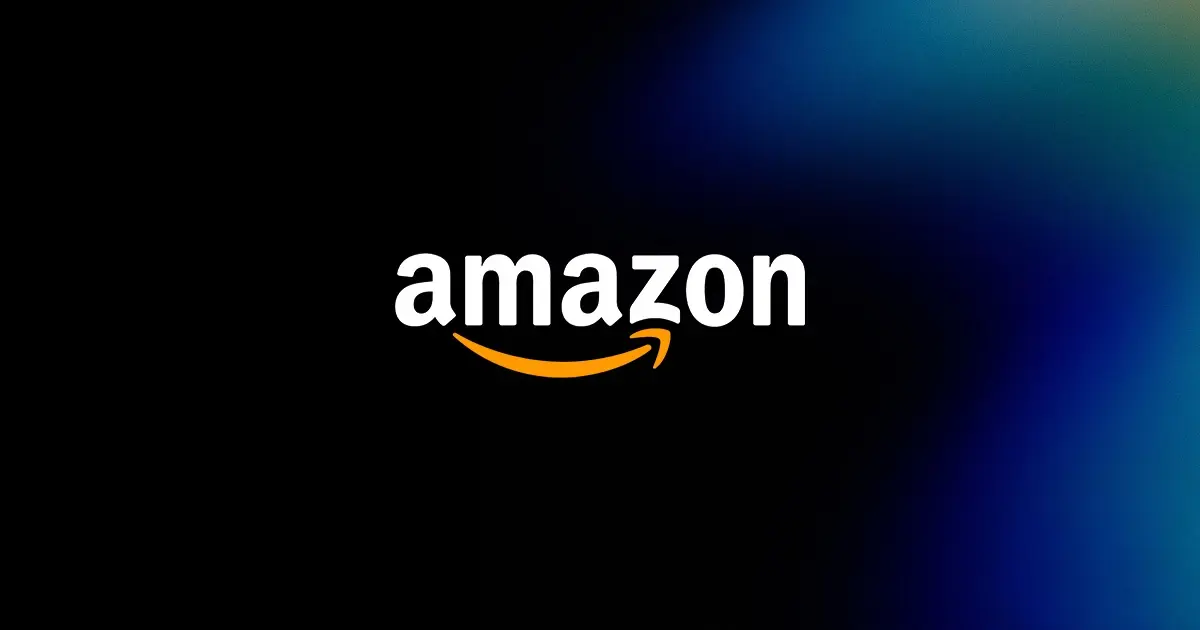
Reading Time: 2 minutesSummary Amazon kicked off December with two major developments shaping the future…
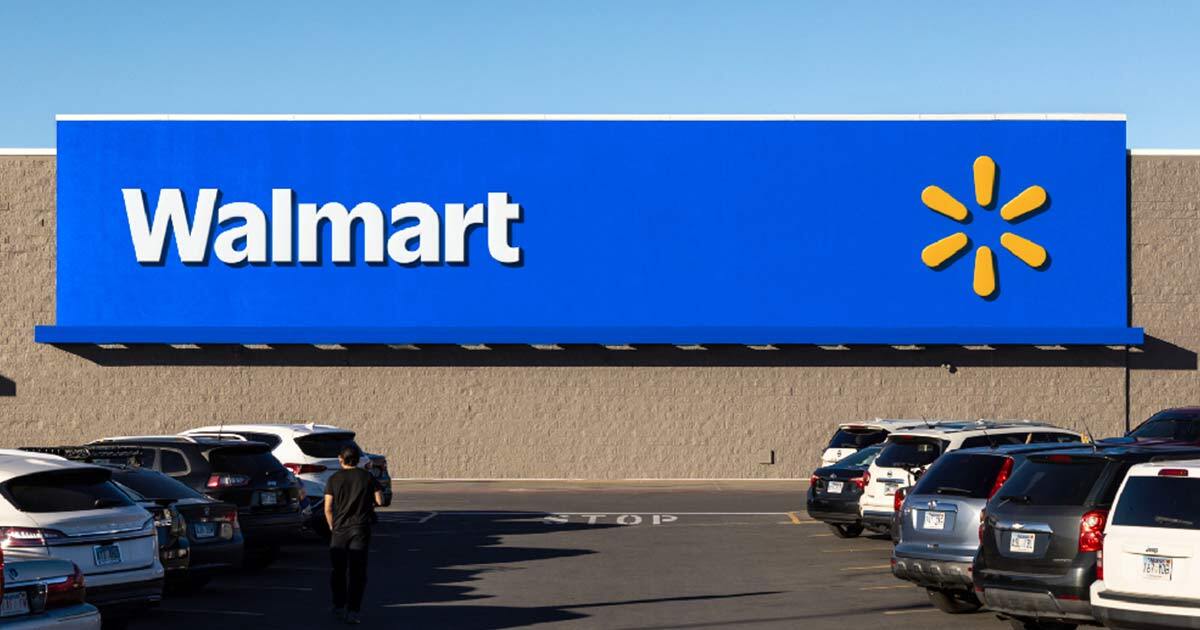
Reading Time: 2 minutesSummary Walmart has entered December with two major moves that signal a…

Reading Time: 2 minutesBlack Friday 2025 delivered the strongest U.S. eCommerce performance in history, as…
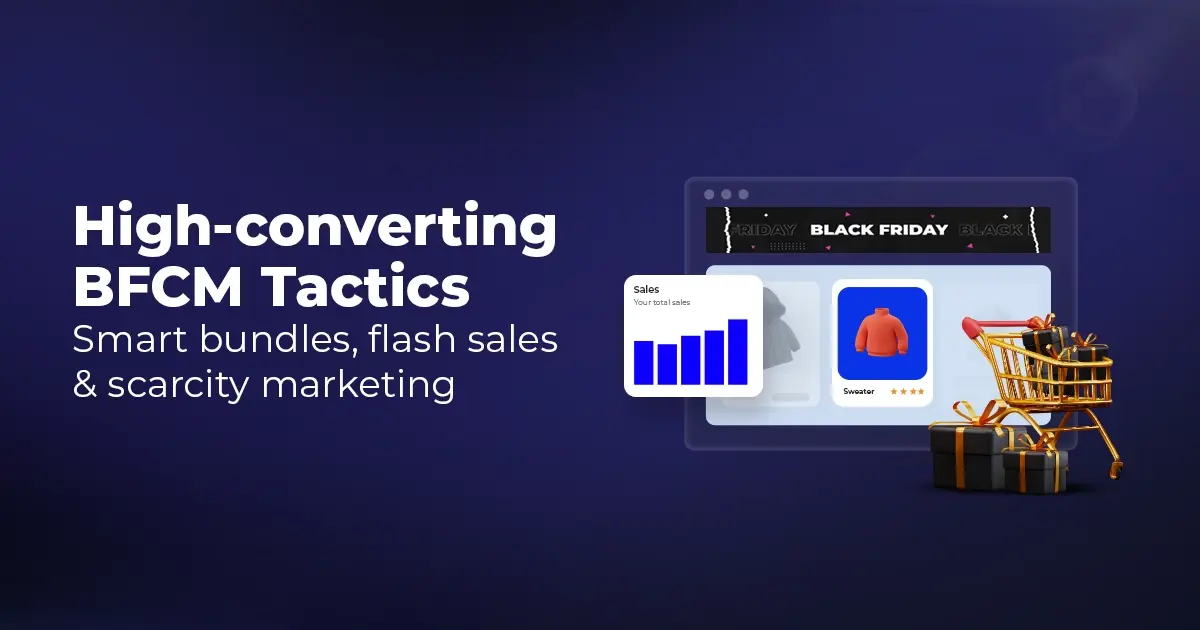
Reading Time: 13 minutesStill approaching BFCM with generic discounts, last-minute price cuts, or scattered promotions?…

Reading Time: 3 minutesTikTok Shop reached a major milestone during its largest U.S. “Global Black…

Reading Time: 3 minutesOpenAI has announced a new AI-powered shopping research tool designed to help…

Reading Time: 9 minutesIf your TikTok Shop listings often sit in review or your visibility…

Reading Time: 3 minutesAmazon has rolled out a new “Seller Challenge” feature for eligible Account…

Reading Time: 3 minutesWalmart Marketplace has sharpened its requirements around product classification (category, type group,…

Reading Time: 3 minutesJust ahead of Black Friday, Amazon is enforcing tighter controls on its…

Reading Time: 11 minutesWhere holiday prep of past years focused on legacy channels like Amazon,…
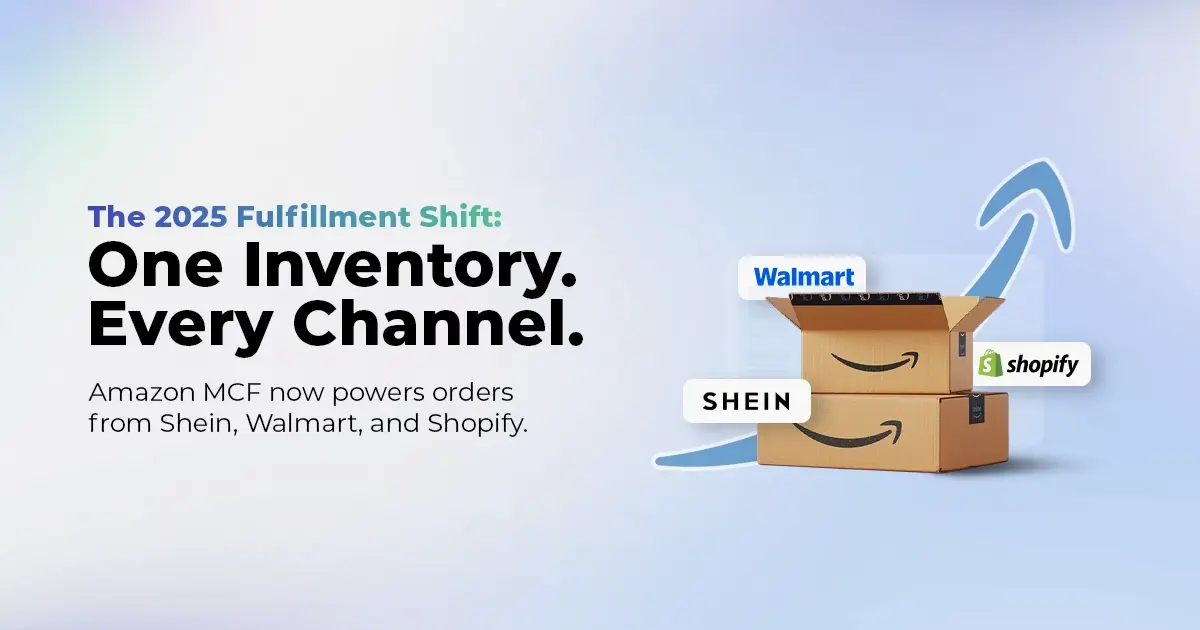
Reading Time: 11 minutesThe eCommerce shift you actually need to act on Multi-channel fulfillment has…

Reading Time: 10 minutesBlack Friday Cyber Monday (BFCM) isn’t a weekend anymore; it’s a two-month…

Reading Time: 2 minuteseBay is quietly testing a new feature that could reshape how buyers…

Reading Time: 2 minutesAmazon is stepping into a new era of value commerce with the…
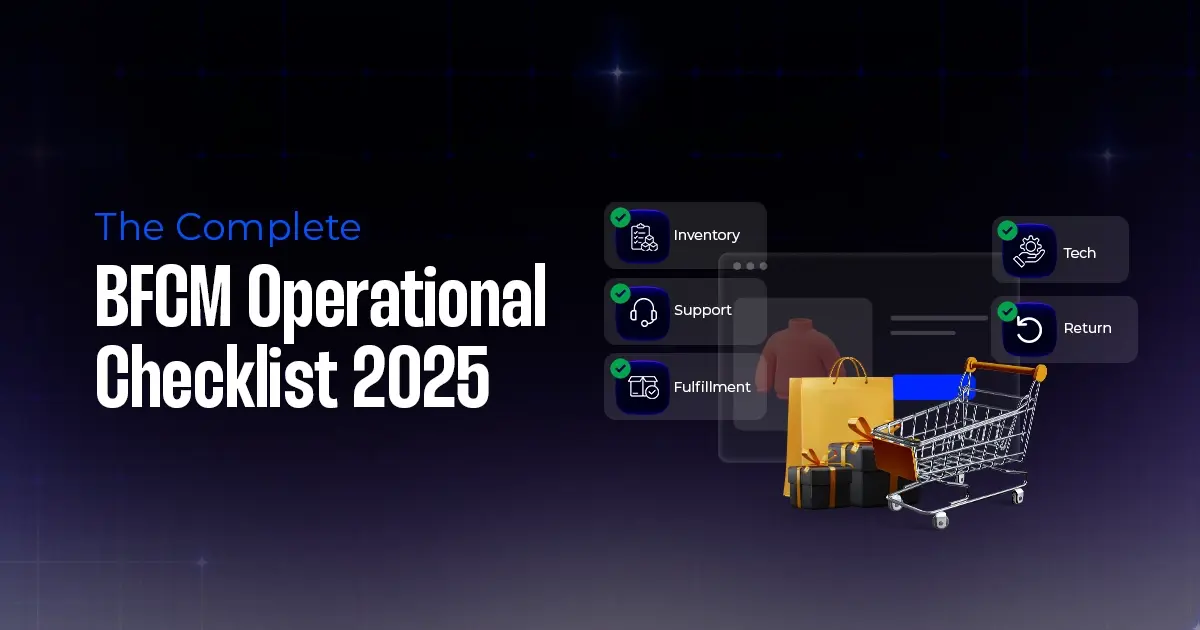
Reading Time: 11 minutesThe $240 Billion BFCM Opportunity & Why Operations Matter Every seller, business,…
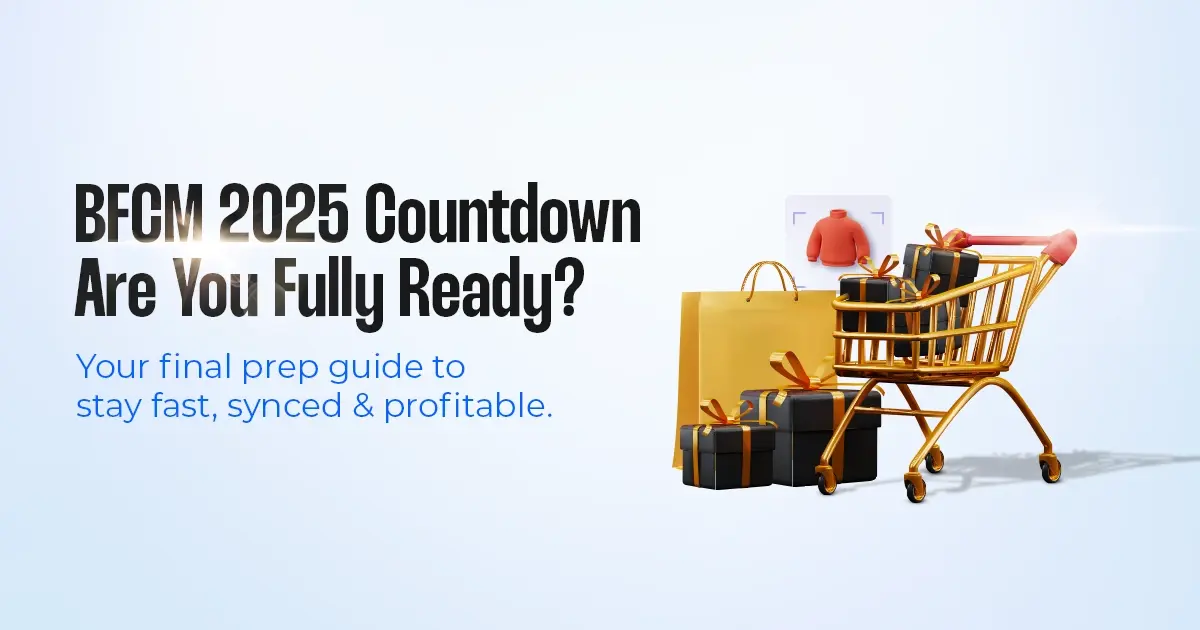
Reading Time: 7 minutesTL;DR — Your 60-Second BFCM Battle Plan Time remaining: 3 weeks until…

Reading Time: 2 minutesChina’s Double 11 shopping festival — the world’s largest annual online retail…

Reading Time: 2 minutesAs the holiday season approaches, TikTok Shop has released its September 2025…